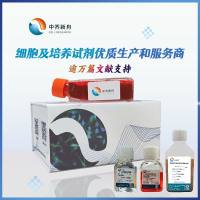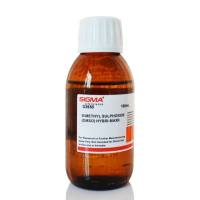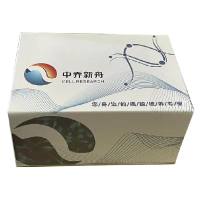Real-Time or Kinetic PCR
互联网
A. Real-Time PCR Chemistry
Real-time systems for PCR were improved by probe-based, rather than intercalator-based, PCR product detection. The principal drawback to intercalator-based detection of PCR product accumulation is that both specific and nonspecific products generate signal. An alternative method, the 5" nuclease assay, provides a real-time method for detecting only specific amplification products. During amplification, annealing of the probe to its target sequence generates a substrate that is cleaved by the 5" nuclease activity of Taq DNA polymerase when the enzyme extends from an upstream primer into the region of the probe. This dependence on polymerization ensures that cleavage of the probe occurs only if the target sequence is being amplified.
The development of fluorogenic probes made it possible to eliminate post-PCR processing for the analysis of probe degradation. The probe is an oligonucleotide with both a reporter fluorescent dye and a quencher dye attached. While the probe is intact, the proximity of the quencher greatly reduces the fluorescence emitted by the reporter dye by Förster resonance energy transfer (FRET) through space. Probe design and synthesis has been simplified by the finding that adequate quenching is observed for probes with the reporter at the 5" end and the quencher at the 3" end.
Figure 1 diagrams what happens to a fluorogenic probe during the extension phase of PCR. If the target sequence is present, the probe anneals downstream from one of the primer sites and is cleaved by the 5" nuclease activity of Taq DNA polymerase as this primer is extended. This cleavage of the probe separates the reporter dye from quencher dye, increasing the reporter dye signal. Cleavage removes the probe from the target strand, allowing primer extension to continue to the end of the template strand. Thus, inclusion of the probe does not inhibit the overall PCR process. Additional reporter dye molecules are cleaved from their respective probes with each cycle, effecting an increase in fluorescence intensity proportional to the amount of amplicon produced.










